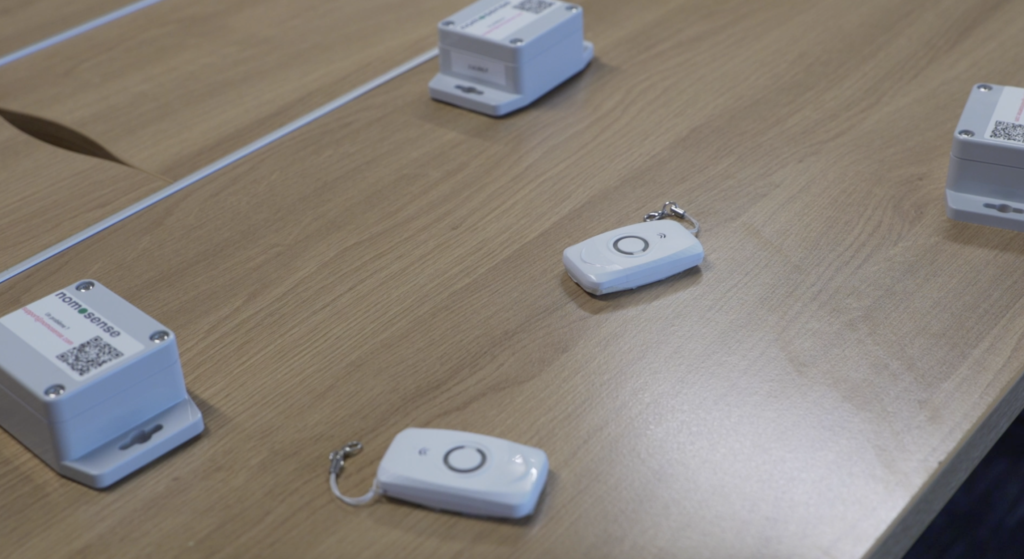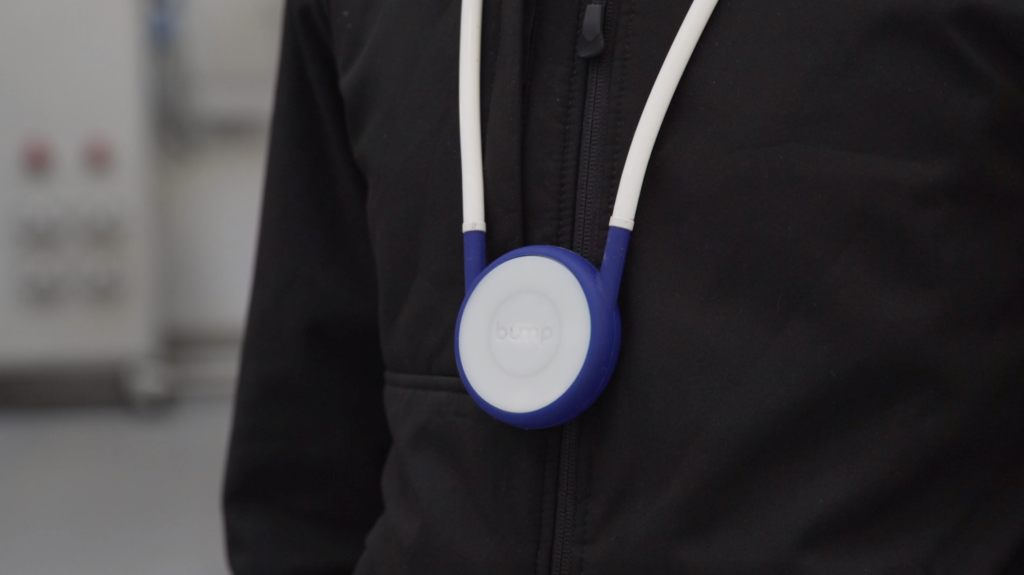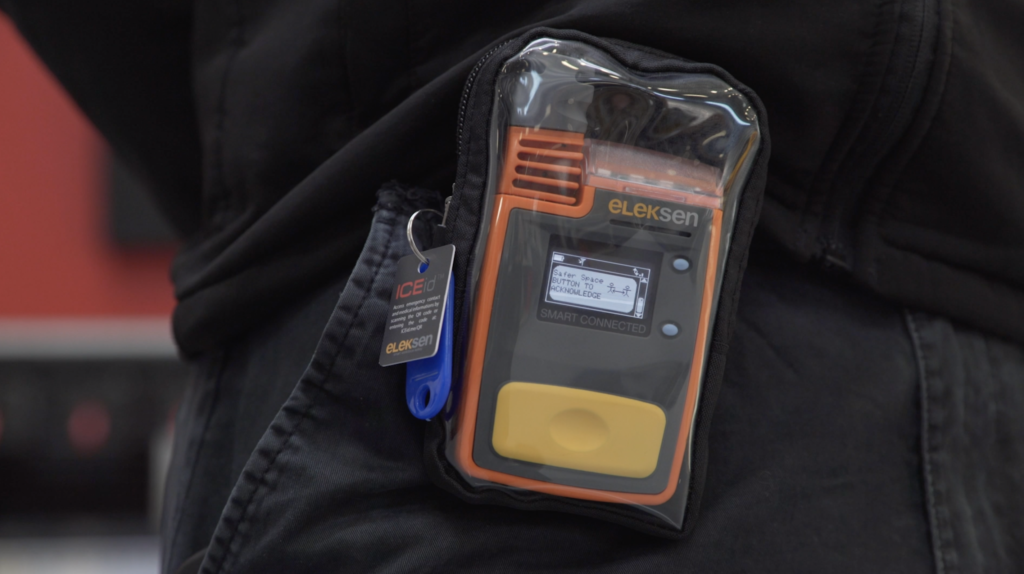The COVID-19 pandemic presented industry with a number of difficult challenges, most notably on construction sites themselves. As the country went into national lockdown, construction sites closed and work was halted on projects to keep everyone safe. When allowed to reopen after the initial lockdown, sites had to comply with strict Government measures and Construction Leadership Council’s guidelines for workers to maintain two metres distance from each other whilst on site.
Aware of how challenging it is to adhere to social distancing measures on a busy construction site, where individuals often work side by side and human traffic flow around the site is high, and with a desire to ensure the personal safety of construction workers, a team of research engineers at Hub founding partner, the Manufacturing Technology Centre (MTC), began to explore how digital approaches could be implemented to help workers remain safe and protected, and keep industry moving.
"Our ambition is to make infrastructure in the UK the best in the world. In order to achieve this, we need to ensure we have an industry that is resilient, highly efficient and most importantly safe for its workers. The pandemic presented global construction with unprecedented challenges, but thankfully the programme of innovation occurring within the UK gave us a head start on overcoming some of the bigger challenges.”
Keith Waller, Programme Director,
Construction Innovation Hub
The goal for the team was to find a workable solution to help construction workers maintain a two-metre distance from each other whilst on site. They required a device that could both measure distance between individuals and provide notification when that gap dropped below two metres.
As there was an urgent call for a solution in response to the pandemic, the team recognised it was advantageous to test existing technologies as a means of delivering a practical solution to benefit industry. Tracker and location-based technologies housed within everyday devices, such as mobile phones and technology used to track products around warehouses, were investigated and utilised in the development of prototypes. The team explored the use of Bluetooth peer-to-peer, Bluetooth Absolute Positioning and Ultra-Wideband (UWB) technologies to see how they’d perform across a variety of environments that occur within construction.
The solution needed to:

Nomonsense

Bump Technologies

leksen Wearable Technologies
The team conducted quantitative laboratory evaluations and qualitative user trials at MTC’s own HQ facilities with devices procured from Bump Technologies and Eleksen Wearable Technologies. The presence of large metallic structures, ‘always-on’ machines and other tracking systems that could cause interference made it an ideal test site.
Following the discoveries made within MTC’s own laboratories, and with the easing of COVID restrictions reducing the need for social distancing on site for virus-safety measures, further trials and testing are underway with Hub partners HS2 and National Highways, as well as, Skanska UK, to explore whether there is any quantifiable data that the technology has a positive impact on wider site safety, with a full research report being collaboratively published by the group when testing concludes. This type of technology may have scope to improve general health and safety within construction, for example by potentially reducing the risk of onsite injury related to unintentional safety zone breaches.
Despite initially being conceived as a solution to social distancing measures as a result of the COVID pandemic, results from the trials suggests that this type of technology may be suitable to play a role for construction sites as a means to improve general safety, as well as to protect against any potential future social distancing measures being reintroduced. Improving the general safety of construction workers on site would help to increase overall performance and ultimately enhance industry’s resilience.
"Although the catalyst for utilising this wearable device was the COVID pandemic, there’s a huge realm of possibility for the technology to positively impact the safety and wellbeing of construction workers more generally. Initial testing and results indicate that it could help to improve, and indeed save, lives.”
Ian Thompson,
Senior Research Engineer, MTC
Find out more about MTC and the research they conduct.
If you’re interested in partnering with Construction Innovation Hub, please get in touch.